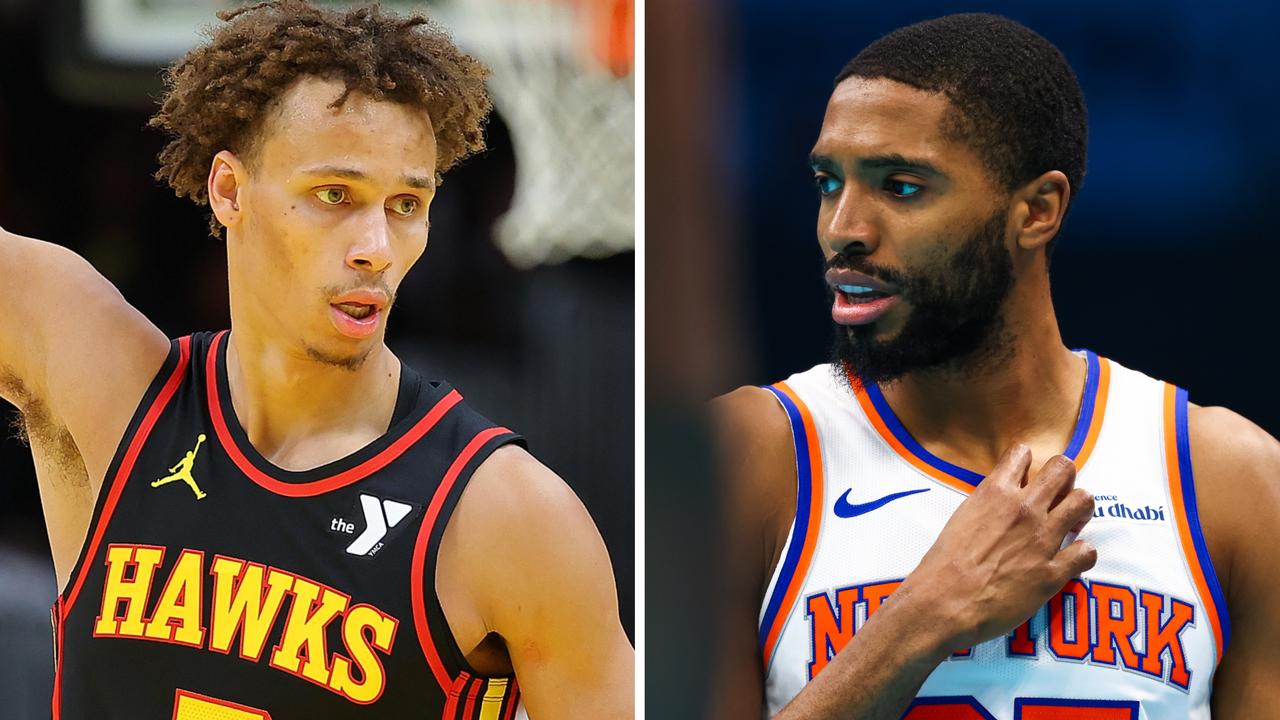Infra
How connectivity is coming to New York City’s subway

Ahead of City and State’s Transportation in New York Summit on Thursday, Boldyn Networks will unveil the next steps of its $1 billion critical digital infrastructure project for New York City. Part of the project will enable 5G connectivity in subway tunnels.
Partnering with the Metropolitan Transportation Authority, Boldyn will expand cellular coverage across 418 miles of the city’s subway system, ensuring a safer ride for over 10 million daily commuters. The project, which will lay fiber infrastructure across MTA tunnel lines, aims to bring connectivity to historically underserved communities in an effort to bridge the city’s digital divide.
Earlier in September, the 42nd Street Shuttle line became the first subway line in Manhattan to offer full underground cellular service to approximately 100,000 daily riders. Above ground, Boldyn aims to increase the number of LinkNYC kiosks which allow users to call emergency services and charge devices.
City and State spoke to Jeff Garte, Head of U.S. Transit and Government Solutions at Boldyn Networks on the expansion of the digital infrastructure project and its public safety benefits.
Roughly 25% of New York City households currently lack internet access. What are the biggest challenges to connecting these communities?
In the outer boroughs, as you would expect, is where you see the most underserved communities. The Bronx and the outer reaches of the Brooklyn area are lacking in connectivity. Ultimately, it’s an infrastructure issue. The fundamental fiber infrastructure doesn’t reach some areas that historically have not had good connectivity. So if that fundamental building block doesn’t exist in the neighborhood, then it’s almost impossible to do anything else on top of it. But our project with the MTA is that wherever we go, we are putting fiber to support the services that we’re providing, and a lot of those places are stops along the subway lines. So, we bring fiber to those communities.
Can you tell me more about the $1 billion critical digital infrastructure investment?
We are building out all of the tunnels in the New York City subway with connectivity. That means we will enable cell phones to work, thus providing a cellular connection. Simultaneously, we’re laying fiber across those 307 tunnel segments, which I think is over 400 track miles that will have connectivity. But we’re also covering all the above ground stations with fiber and WiFi, which becomes some of those building blocks. At the same time through the acquisition of ZenFi, we are the backbone of the LinkNYC program, which are the digital screens that you see all over the city.
How is Boldyn expanding connectivity above ground through LinkNYC?
It’s the combination of all of our assets. So, the Links all have to be fed by fiber, but as we continue to grow with our MTA footprint, that opens new opportunities for us to put additional links out. So it takes you from an underground MTA type of solution to an above ground link solution. And then also leveraging that to provide connectivity in areas that have struggled to have connectivity up till now.
Can you share some updates to the expansion of cellular coverage through the MTA project?
We had just launched the shuttle line, and that was a big step for us. Over the summer we’ve been working on the G line while it’s been closed. The MTA is also doing work on the 4 and 5 lines between Borough Hall and Bowling Green. That’s actually one of the longest and oldest tubes in the subway system. We’ve been working with them during some outages to piggyback and deliver our services while they’re doing various types of work. We’ve got the connectivity today on all 283 below ground platforms. But now connecting in between those platforms is the biggest piece, probably the largest component of the billion dollar investment that we’re making.
What’s groundbreaking about this project?
In my view, if you’re commuting 30 or 40 minutes on the subway, you’re only connected for brief moments when you’re in the subway stations. The idea that you can be fully connected through your entire ride is helpful on so many levels. The basic convenience of being able to make a personal phone call or do some work. But also it’s the ability to feel safe, because if there’s a problem, you have a way to communicate with people. There’s been a lot of coverage of safety issues on the subway, and I think that will be a huge benefit to riders to know that at least if a problem occurs, you can call 911 and try to get help.
You touched on public safety earlier— how is an expansion of connectivity ultimately a public safety initiative?
It’s pretty clear right now, if you’re zooming down the subway and you’re not at one of the stations you can’t call 911. When you have a safety issue, it tends to be a big event. When you have a lot of people coming into that environment, cell phone systems are designed to handle a certain amount of capacity, and when that capacity ramps very quickly, they have a very hard time managing that connection. So the fact that we bring a solution that creates more capacity and more connections means that when firefighters or police show up to an emergency, their cell phones work because that capacity is in the market. When you have the breadth of assets that we have, and the footprint and the reach that we do, you look for all the ways that you can try to make life better. That’s why we designed LinkNYC to have so many services, because we wanted to deliver something that created a great public benefit.
Were sustainable measures considered in construction of these large infrastructure projects?
One, making it a better experience to ride the subway encourages more people to ride the subway. Also, the pandemic caused a big shift in the way people work in terms of the number of days they’re in the office versus home. And if you don’t have good connectivity, you can’t work from home. So if we’re able to help enable that, I think that’s another aspect. Also by having a shared device in the LinkNYC you are reducing the total amount of equipment that needs to go out there in the first place.
How would you respond to some who might be concerned with Boldyn’s WiFi security?
Our WiFi is like any other WiFi. If people have security concerns, then they probably should use a VPN, and that’s something you can do over WiFi anytime if you want to make sure your information is secure. Fundamentally, it is a public WiFi system. Also, we don’t identify users and we don’t collect user data.








